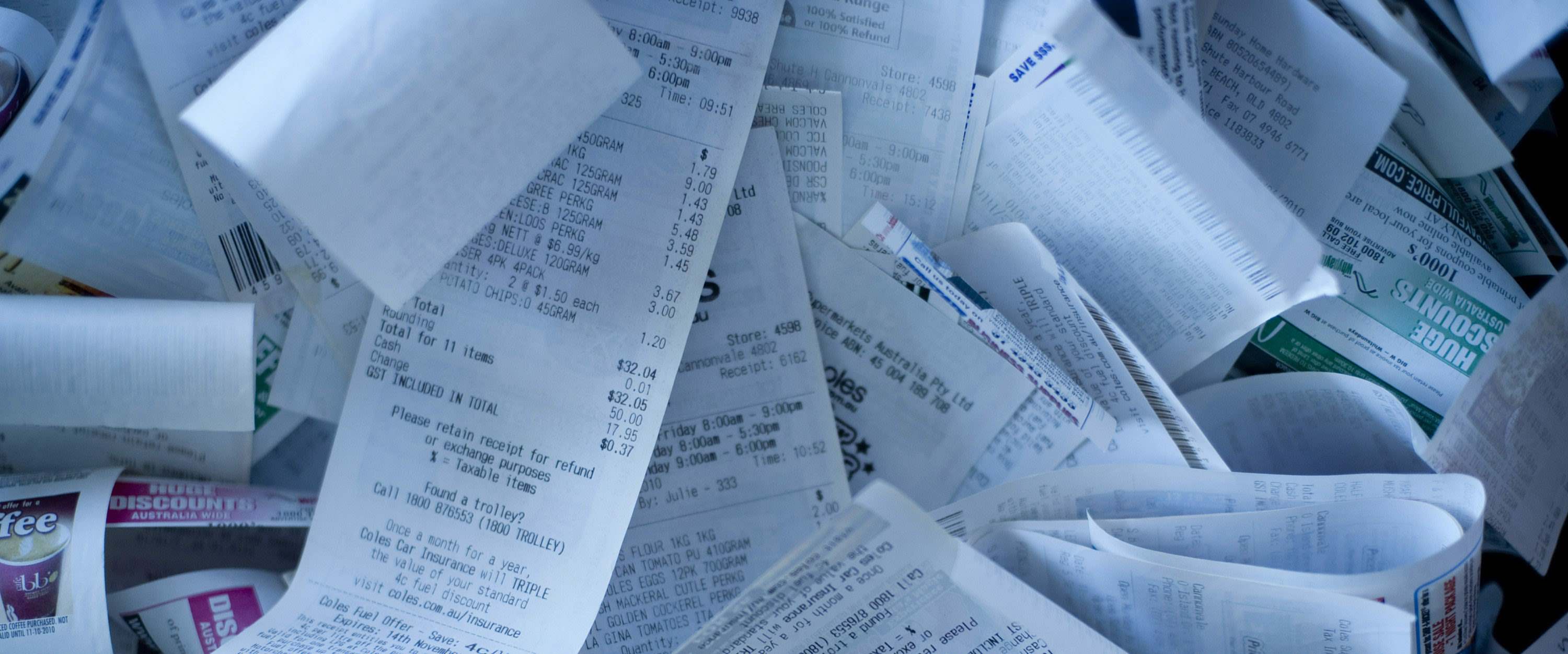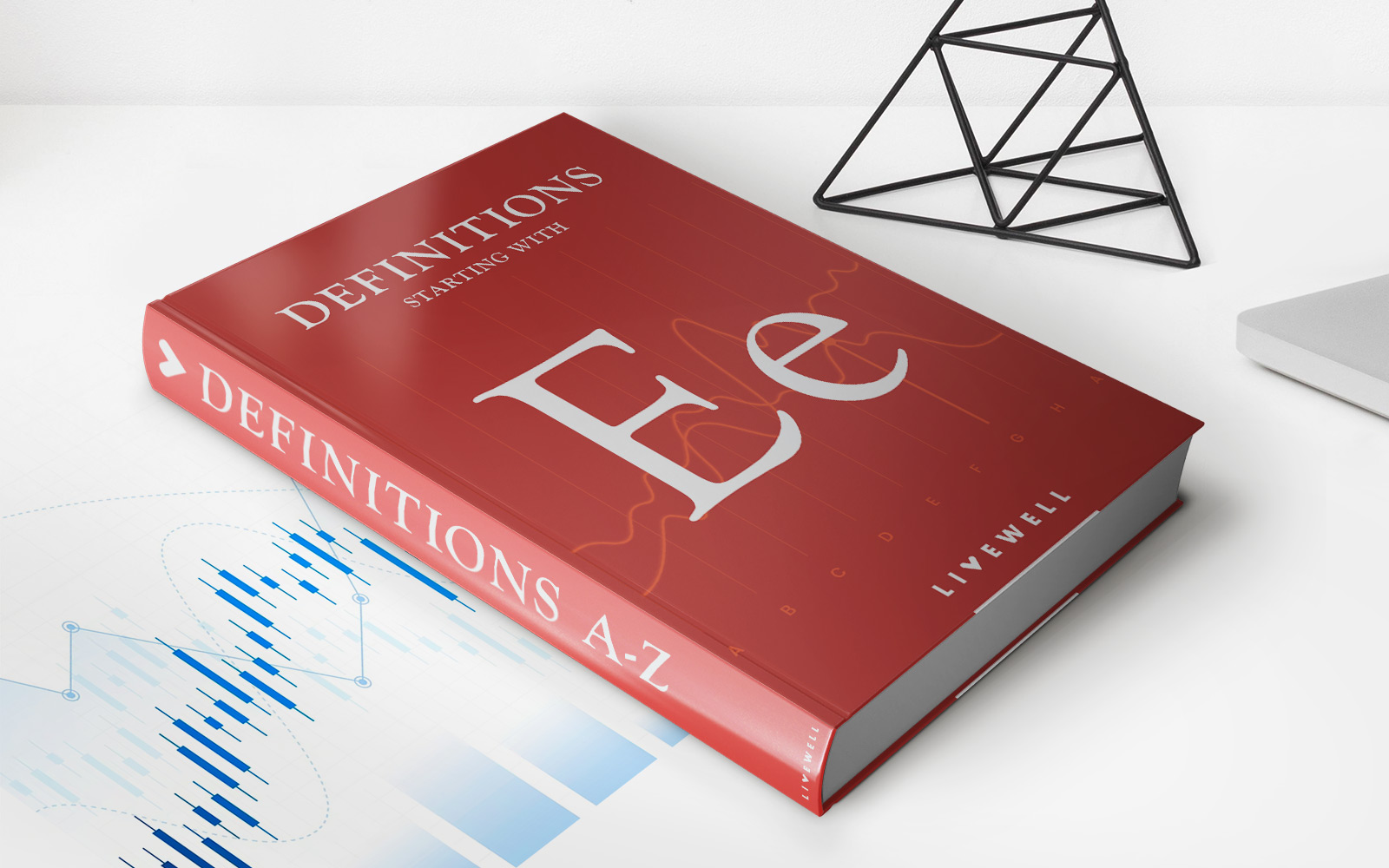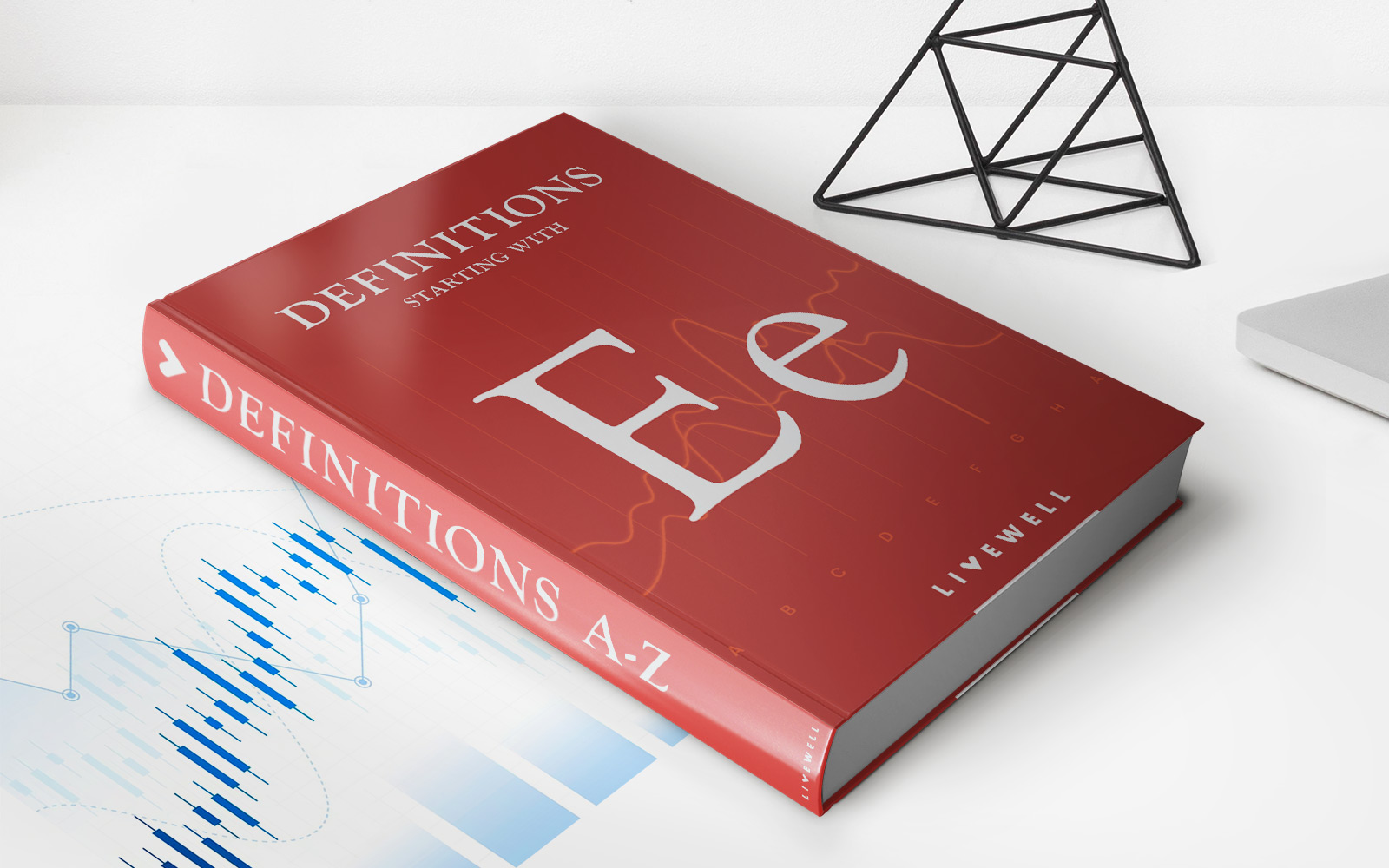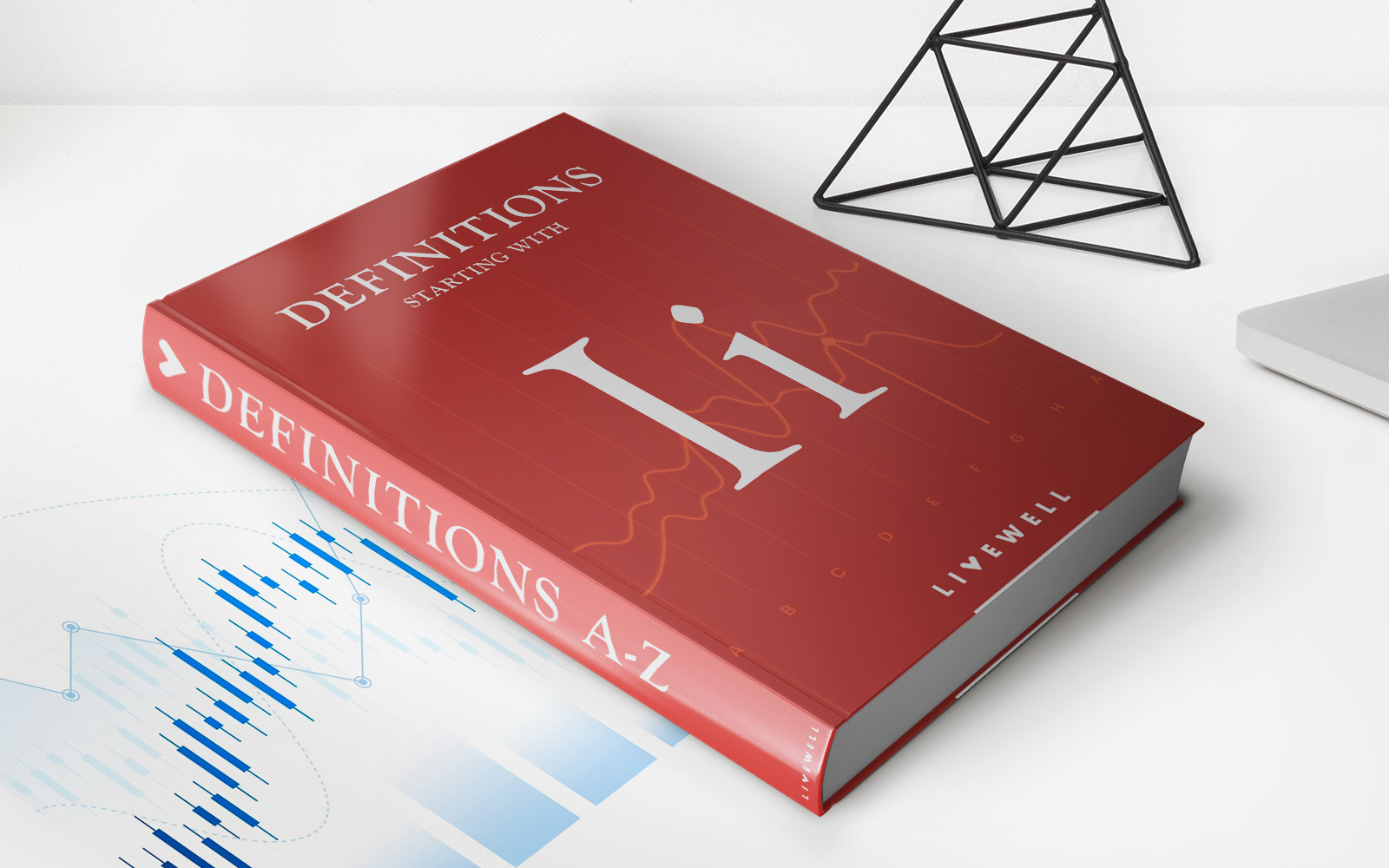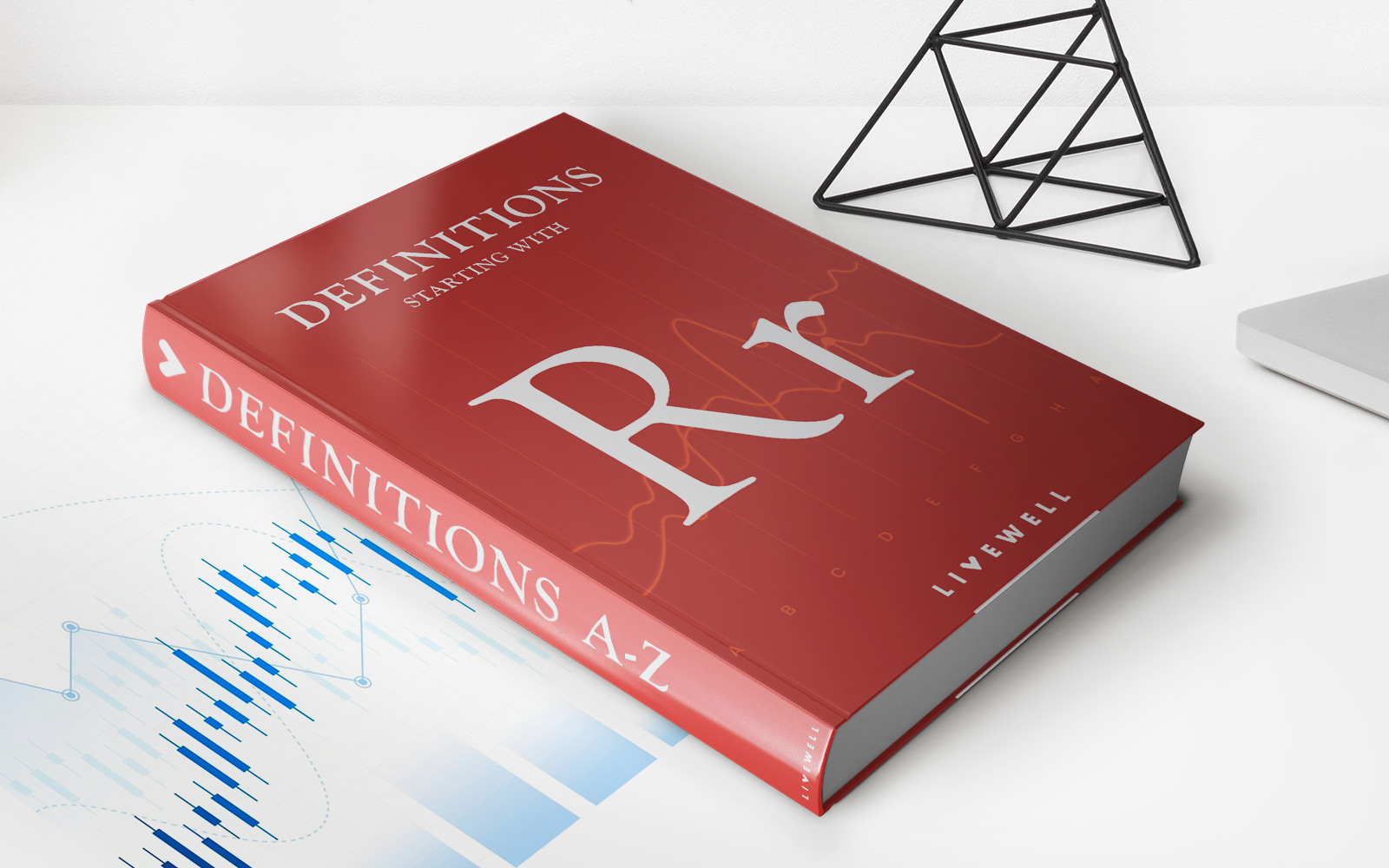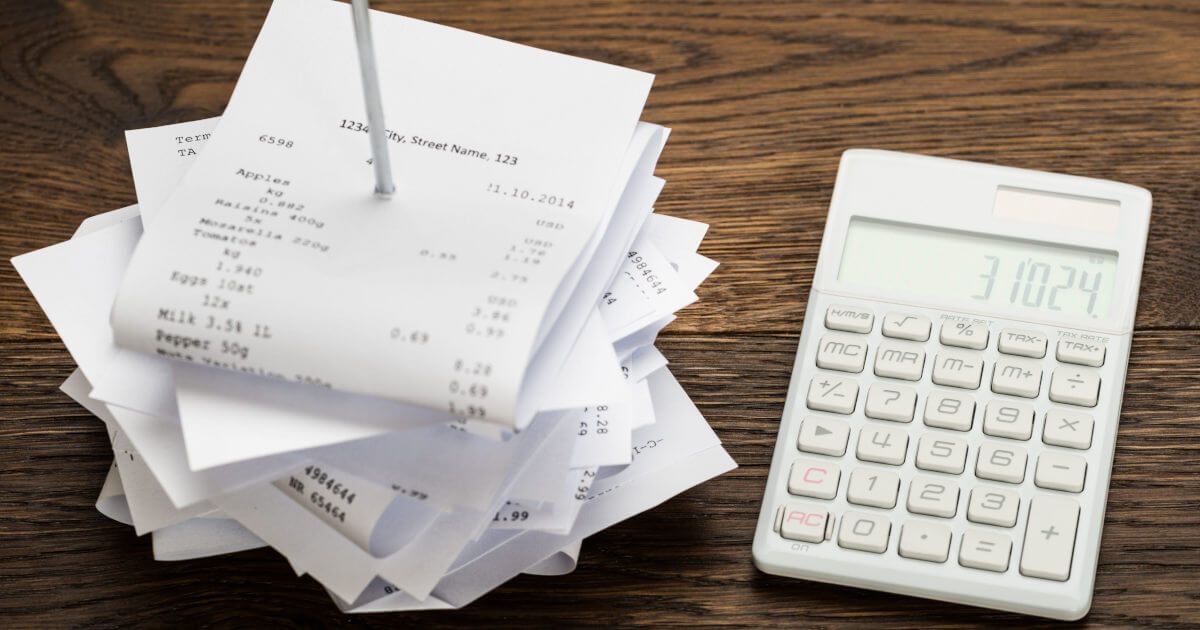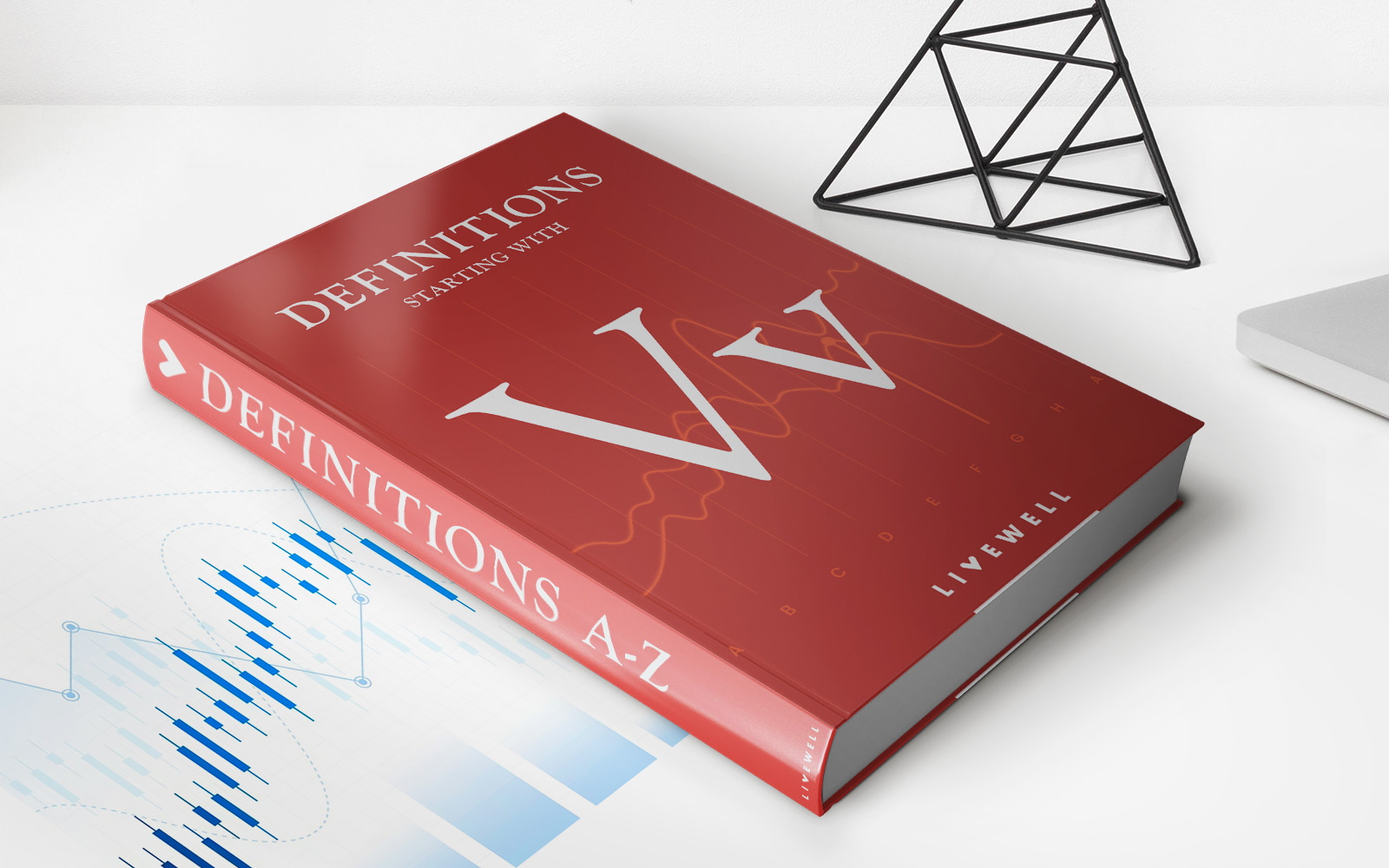

Finance
Vault Receipt Definition
Published: February 15, 2024
Learn the definition of a vault receipt in finance and its significance. Understand how this document secures valuable assets and facilitates transactions.
(Many of the links in this article redirect to a specific reviewed product. Your purchase of these products through affiliate links helps to generate commission for LiveWell, at no extra cost. Learn more)
Vault Receipt Definition: A Comprehensive Guide
Welcome to our Finance category, where we delve into various topics to help you make informed decisions about your money. In today’s article, we are going to explore the concept of vault receipts. What exactly is a vault receipt, and why is it relevant in the realm of finance? Let’s find out!
Key Takeaways:
- A vault receipt is a document that certifies the ownership and storage of valuable assets, such as precious metals or cryptocurrencies, in a secure vault.
- Vault receipts provide transparency and security as they serve as proof of custody and can be traded or transferred without physically moving the underlying assets.
Now, let’s dive into the heart of the matter. A vault receipt, also known as a storage receipt, is a document that serves as evidence of ownership and custody of valuable assets. These assets can include precious metals like gold, silver, or platinum, as well as digital assets such as cryptocurrencies like Bitcoin or Ethereum. Essentially, a vault receipt is issued by a vault operator or a custodian, assuring that the specified assets are stored securely under their protection.
Why is this important? Well, vault receipts provide peace of mind to asset owners. They eliminate the need for individuals or businesses to physically store their valuable assets, which can pose significant security risks. Instead, the assets are kept in a highly secure and controlled environment, guarded against theft, damage, or loss.
Here are a few key benefits and characteristics of vault receipts:
- Proof of Custody: Vault receipts provide credible proof that the assets specified in the document are in the possession of the custodian. This proof can be important for auditing, regulatory compliance, or legal purposes.
- Transferability: Unlike owning physical assets, vault receipts can be easily traded or transferred from one party to another. This allows for convenient transactions without the need for physical movement of the underlying assets.
- Security: Vaults where these assets are stored are equipped with state-of-the-art security measures, including advanced surveillance systems, access control, and 24/7 monitoring. This ensures the safety and integrity of the assets.
- Transparency: The details of the assets, such as their quantity, purity, and storage location, are usually included in the vault receipt. This transparency adds another layer of trust and enhances the credibility of the custodian.
So, who typically uses vault receipts? Individuals who value the security of their assets, as well as businesses operating in industries that deal with valuable assets, such as jewelry, precious metals, or digital currencies, often utilize this service. Vault receipts offer a convenient way to securely store and transact these valuable assets without the need for physical handling.
In conclusion, a vault receipt is a document that certifies the ownership and custody of valuable assets held in a secure vault. It offers peace of mind, convenience, and transparency to asset owners who wish to protect their valuables in a controlled and secure environment. By utilizing vault receipts, individuals and businesses can focus on their financial goals without the worry of physical asset storage.
